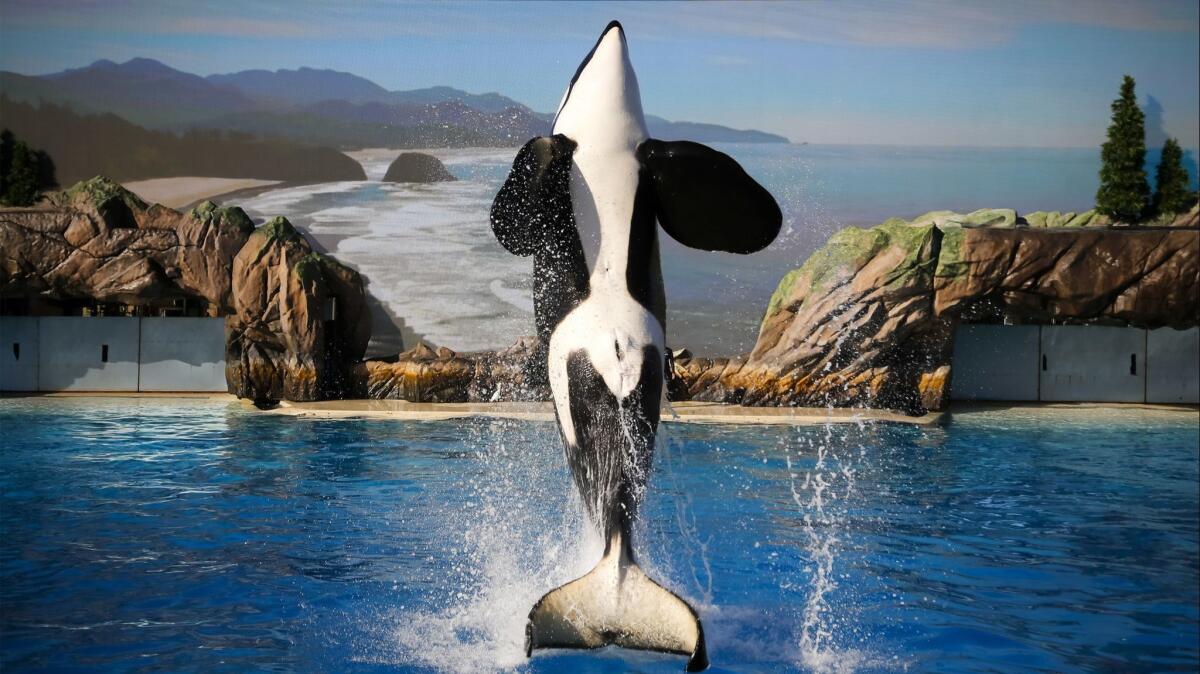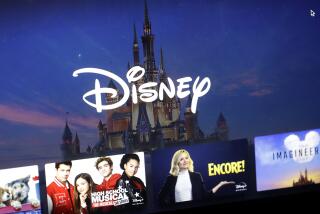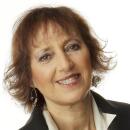Is SeaWorld making a comeback? Attendance jumps

For the second quarter in a row, SeaWorld Entertainment reported notable gains in attendance and revenues, signaling a possible rebound from years of steep losses in visitation.
Attendance jumped nearly 5 percent in the second quarter ending June 30, with 290,000 more guests visiting SeaWorld’s 12 parks than in the same quarter last year. And through July, SeaWorld saw 900,000 more guests passing through park turnstiles compared with the year before, executives reported Monday.
During the second quarter, revenue also rose nearly 5 percent — to $391.9 million, compared with $373.8 million a year earlier.
Investors welcomed the news, rocketing SeaWorld’s stock price to $24.69, an increase of nearly 17 percent by the close of trading. It was also the highest price recorded in four years, although it is still considerably off the peak reached during several months in 2013 when the stock was trading in the high $30’s.
The upbeat earnings report overshadowed news from SeaWorld that it has reached an initial settlement with the Securities and Exchange Commission related to possible violations of federal securities law.
The disclosure, which included few details other than it could cost the company an estimated $4 million, stems from a notice the company received earlier this year from the SEC notifying it that the agency’s staff was recommending that a “civil enforcement action or administrative proceeding be brought against the company.”
SeaWorld has been under investigation by both the SEC and Department of Justice for executives’ disclosures and public statements in August 2014 and earlier about the impact of the anti-captivity “Blackfish” documentary and trading in the company’s securities.
While the SEC probe now appears to be drawing to a close, the current status of the Department of Justice investigation is unknown. SeaWorld also is in the midst of a class-action suit accusing it of misleading shareholders about how the film contributed to falling attendance and revenue.
In its disclosure Monday, SeaWorld said the proposed settlement with the enforcement staff of the SEC includes no admission or denial of “potential charges against the company arising out of the previously disclosed SEC investigation.” The settlement, SeaWorld said, is still subject to approval by the commission and there is no guarantee it will be finalized.
Interim CEO John Reilly, who only briefly referenced the possible settlement during a Monday morning earnings call, attributed the second quarter’s strong results to new pricing strategies, a continued focus on marketing and well-received new attractions, including the recently opened Electric Eel coaster in San Diego.
It also didn’t hurt that SeaWorld brought back free beer to its Orlando park and Busch Gardens Tampa, reminiscent of the days when they were owned by Anheuser-Busch.
“We are confident in the direction we are heading and we are encouraged by the results we are seeing in our business,” Reilly told analysts in an earnings conference call. “Our confidence extends to our long term view in the significantly improved financial performance we believe this company can deliver in the next few years and beyond.”
The attendance growth came as something of a surprise to analyst Tuna Amobi, which exceeded Wall Street expectations.
“The shareholder reaction suggests to us that investors may believe the worst might be over,” said Amobi, of CFRA Research. “This is the first quarter that provides the most visible sign yet that some of the recent turnaround may in fact be lasting. They’ve also managed to drive attendance without deeply discounting. The share price reaction is pretty remarkable.”
The results come on the heels of a strong first quarter when attendance and revenue jumped by double digits. Attendance rose by nearly 15 percent, while quarterly revenue rose by 16.5 percent.
The second quarter, though, is a more credible reflection of the company’s performance given that it includes the start of summer when many more of SeaWorld Entertainment’s parks are open.
The two consecutive quarters of gains represent a significant turnaround from years of disappointing financial performance that has dogged the Orlando-based company since the release of “Blackfish,” which was critical of the marine parks’ treatment of killer whales.
The attendance growth also is an improvement over a dismal 2017 for the San Diego and Orlando marine parks, which saw visitation fall by double digits, according to a report released earlier this year documenting 2017 attendance at the world’s top amusement parks.
While the company will not break out performance by park, lease payments that SeaWorld San Diego makes to the city for its Mission Bay location show a marked uptick over last year.
The payments, which are tied to SeaWorld admissions and food and beverage sales, shot up 19 percent during the first six months of this year compared with the same period in 2017.
“San Diego is really a reflection of the key strategies and initiatives that we’ve reflected across the portfolio,” Reilly said. “We launched Electric Eel in May and it’s received positive acclaim, and I think the consumers in San Diego are excited about having a high thrill ride there.”
In a move to improve its bottom line, SeaWorld has been working since 2016 to aggressively cut costs. Toward that end, Reilly said Monday that the company had reached its previously stated goal of $40 million in cuts that it had hoped to achieve by the end of this year. In addition, SeaWorld is looking to trim $50 million more in costs, but Reilly did not identify what that would entail.
Looking ahead, SeaWorld said it expects to realize a goal of as much as $500 million in earnings before interest, taxes, depreciation and amortization by 2020. The calculation is based, in part, on expected average annual attendance growth of 1 percent. If it succeeds, SeaWorld said the gains would recapture about 25 percent of lost attendance over the last five years.
Unspoken during the earnings call was who will ultimately replace former CEO Joel Manby who left the company in February. Reilly, a former park president in San Diego, has been mentioned by some outsiders as a possible candidate.
Business
lori.weisberg@sduniontribune.com
(619) 293-2251
Twitter: @loriweisberg
More to Read
The biggest entertainment stories
Get our big stories about Hollywood, film, television, music, arts, culture and more right in your inbox as soon as they publish.
You may occasionally receive promotional content from the Los Angeles Times.











